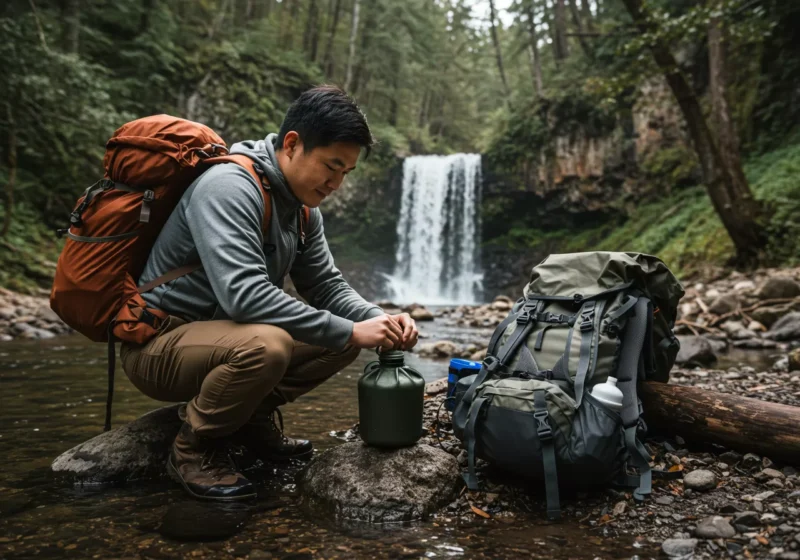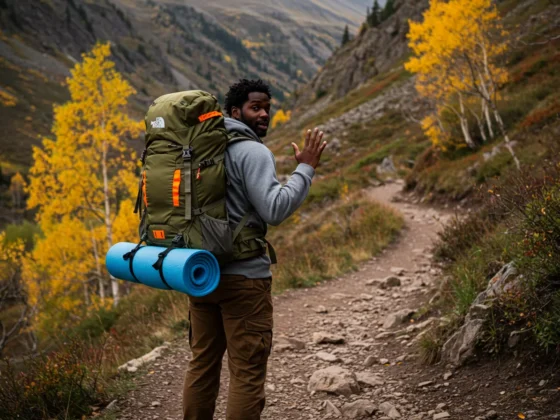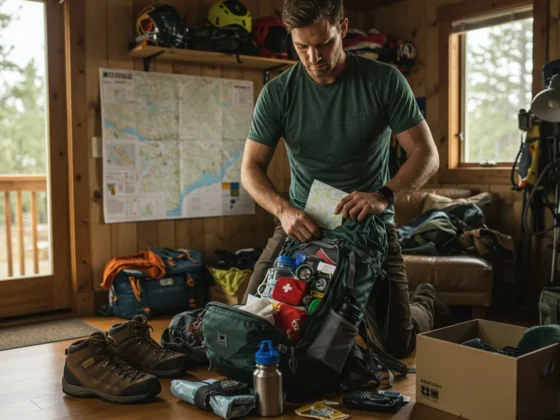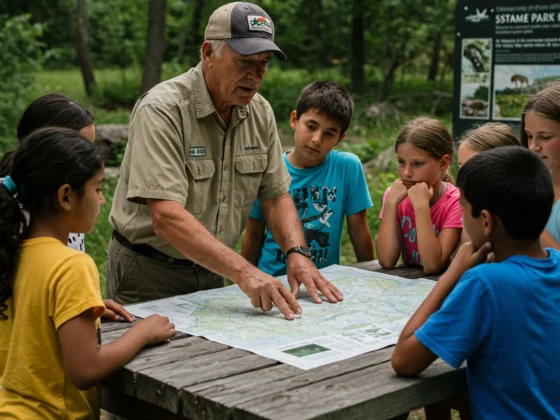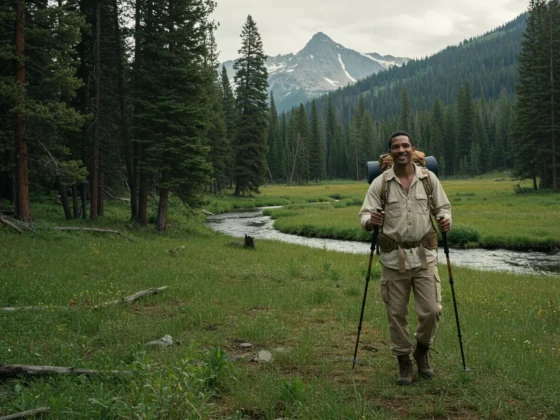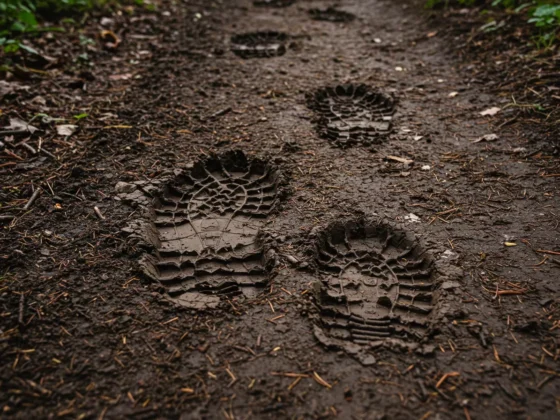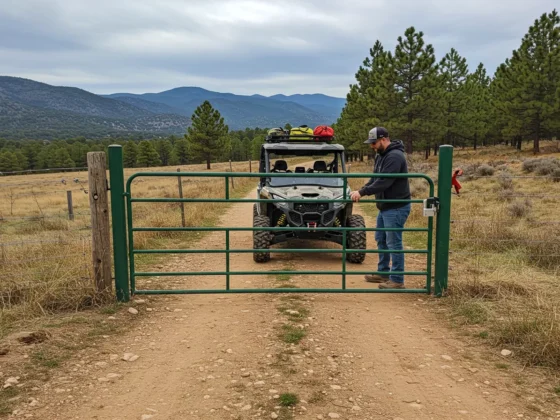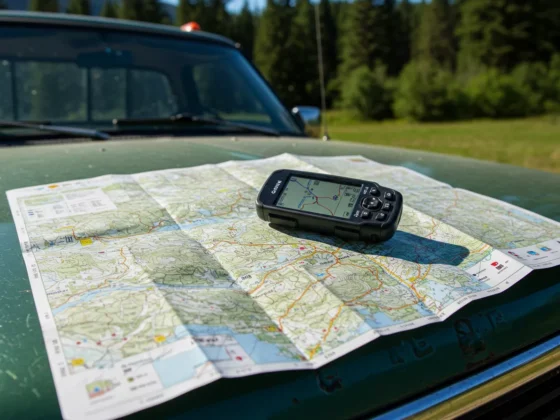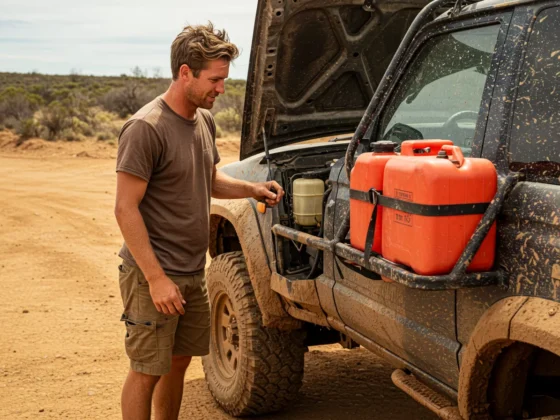Let’s talk about hitting the trail not just with enthusiasm, but with a rhythm that can carry you over miles without feeling like you’ve wrestled a bear uphill. Finding your rhythm in hiking and trekking isn’t just about speed; it’s about efficiency, conserving energy, and making those long hauls feel manageable, even enjoyable. Think of it as the difference between a sputtering engine and a well-tuned machine humming along – you want to be that well-tuned machine.
We’ve all seen ’em, maybe even been ’em: the folks who blast out of the trailhead like a rocket, only to be gassed a mile in, hunched over, hands on knees. And then there are the steady eddies, the ones who just keep moving, seemingly effortlessly, covering ground with a quiet grace. What’s their secret? Often, it’s finding that personal rhythm, that sustainable pace that works for them.
So, how do we find this magical rhythm and become those steady eddies? It boils down to a few key areas: how you move, what you use, and listening to your body.
The Art of the Efficient Stride
Forget those long, loping strides you might see in movies. On the trail, especially on varied terrain, shorter, more frequent steps are your friend. This keeps your center of gravity stable, reduces the impact on your joints, and surprisingly, uses less energy over time.
- Cadence is King: Aim for a consistent, comfortable cadence. Think of it like a steady drumbeat. You’re not sprinting, you’re just… moving. On flats, this might feel quicker, while on climbs, it will naturally slow down. Don’t fight it, just keep that consistent feel of movement.
- The Power of the Push-Off: Instead of just lifting your foot, consciously push off with the ball of your back foot. This engages your glutes and hamstrings, the powerhouses of your legs, rather than relying solely on your quads (which can fatigue faster).
- Gravity’s Little Helper: On downhills, resist the urge to bound or take giant steps. This is a surefire way to jar your knees and potentially lose control. Instead, shorten your stride even further, and let gravity assist you with controlled steps. Sometimes a slight sideways angle on steep descents can help with traction and reduce impact.
Gear That Helps You Groove
While your legs are the engine, the right gear can be the transmission and suspension, making everything run smoother.
- Trekking Poles: Not Just for Show: If you’re not using trekking poles, you’re missing out. They distribute the load, providing stability and reducing impact on your knees, especially on descents. But more than that, they help you establish and maintain that rhythm. Think of them as extensions of your arms, helping to propel you forward. Get a feel for planting them in time with your steps – left pole with right foot, right pole with left foot. It adds to that consistent cadence.
- Footwear: Your Foundation: This seems obvious, but ill-fitting or inappropriate footwear is a rhythm killer. Your boots or shoes should feel like a natural extension of your foot, providing support and protection without being clunky or causing hot spots. Make sure they’re broken in before your big trek!
- Pack it Right: A poorly packed backpack can throw you off balance and make every step feel like a struggle. Keep the heaviest items close to your back and centered. Cinch down compression straps to keep the load from shifting. A well-balanced pack allows you to maintain your natural gait.
Listening to Your Body’s Tempo
Your body has its own built-in rhythm section. Learning to listen to it is crucial for sustainable trekking.
- Breathe Easy: Your breath is the most direct indicator of your pace. You should be able to hold a conversation, or at least speak in full sentences, while hiking. If you’re gasping for air, you’re pushing too hard. Slow down until your breathing is steady and controlled.
- Snack Before You Bonk: Don’t wait until you’re feeling completely drained to eat or drink. Sip water regularly and snack on easily digestible foods throughout the day. Keeping your energy levels steady prevents those sudden crashes that completely derail your rhythm.
- Breaks: Quality Over Quantity: Frequent, short breaks are often more effective than long, infrequent ones. Stop for a few minutes to stretch, grab a snack, and adjust your gear. This prevents muscles from seizing up and allows you to restart with your rhythm intact.
Putting it All Together: The Trail Dance
Finding your rhythm is a bit like learning a dance with the trail. It takes practice, attention, and adjustment. On a flat, open path, your rhythm will be different than scrambling up a rocky incline or picking your way through roots. The key is to stay adaptable while maintaining that underlying sense of consistent, efficient movement.
Think back to a time you felt truly “in the zone” while hiking – maybe the miles just melted away, and you felt strong and steady. Chances are, you had found your rhythm without even consciously thinking about it. By focusing on these techniques, you can tap into that feeling more consistently.
So next time you hit the trail, don’t just walk. Find your rhythm. It’s the key to covering more ground with less effort, and truly enjoying the journey, every single step of the way. Happy trails, folks!

